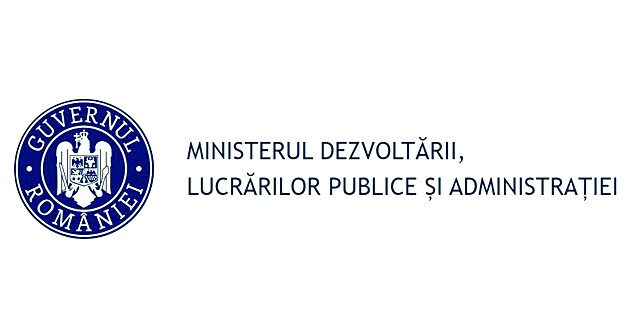639

Forest Tracks 2024–2025: A Critical Juncture for Europe’s Forests – Romania Calls for Balanced, Practical Forest Policy
The latest UNECE report – Forest Tracks 2024–2025 – confirms what Romania’s forestry sector has long emphasized: Europe’s forests are at a critical crossroads, caught between conflicting demands, fragmented policies, and an increasingly harsh climate reality. The United Nations Economic Commission for Europe (UNECE), together with the FAO, supports sustainable forest policy development across the region through a joint, integrated program of work.
A Fragile Balance: Conservation, Utilization, and Resilience
The report warns that European forests are now expected to fulfill at least three major, simultaneous functions:
- Resist intensifying climate impacts, such as droughts, wildfires, storms, and pests (e.g., Ips typographus), which damage thousands of hectares annually;
- Store carbon and protect biodiversity while supplying wood for the bioeconomy—including construction, energy, and durable products;
- Operate within an imbalanced institutional framework, where climate and economic policies often conflict or lack coordination.
It’s a precarious equilibrium. Wood harvesting in the EU has increased by 20% over the past two decades, largely due to storm damage and pest outbreaks.
Over 60% of European forests are privately owned, yet public policy tends to focus on state-managed forests and imposes public-sector norms on private owners. Meanwhile, 10 million jobs in Europe—real, not hypothetical—depend directly or indirectly on the forest sector.
Romania: Key Contributions, Disproportionate Constraints
Romania plays a strategic role as a supplier of biomass and wood products, particularly by processing large volumes of timber affected by insect damage in other parts of Europe.
In 2023, Romania significantly contributed to the EU’s supply of wood for energy and industrial use, thereby reinforcing the Union’s material and energy security.
Yet, Romania is among the countries most affected by rewilding strategies and administrative restrictions on forest harvesting.
At the same time, the lack of coherent national forest policies continues to hamper private-sector development. There is no effective support system for active forest management—neither through subsidies, tax incentives, nor dedicated investment in forest infrastructure.
This lack of support discourages both small forest owners and entrepreneurs who wish to remain active in the sector.
The “3B Model” – A Policy Framework, Not a Slogan
The Forest Tracks report underscores the need to balance the three core dimensions of European forest policy: biodiversity conservation, bioeconomy development, and climate change mitigation.
In response to this “trilemma,” Romania proposes adopting an integrated framework: the 3B Model (Biodiversity – Bioeconomy – Climate Benefits). This model serves as a practical decision-making tool for public policy, economic strategy, and entrepreneurial initiatives.
At its core, it expands the classic principle of sustainable forestry (meeting environmental, economic, and social needs) and provides a coherent structure for avoiding artificial conflicts between objectives.
What Does Implementing the 3B Model Look Like?
For Public Policies:
- Reform funding approaches to support active forest management, not just delayed payments for passive conservation;
- Simplify procedures for forest management plans and develop targeted financing mechanisms (e.g., “Rabla for Wood Stoves,” “Rabla for Machinery,” or compensation for low-profit forest operations);
- Offer bonuses for multifunctional forest management, where timber production is combined with ecosystem services;
- Actively promote wood use in construction and durable goods, replacing high-carbon materials.
For the Private Sector – Forest Owners, Entrepreneurs, Investors:
- Encourage smart diversification: roundwood, but also ecosystem services, bioenergy, and ecotourism;
- Invest in advanced wood processing technologies and high-value, sustainable products;
- Embrace digitization and traceability not as a bureaucratic burden but as a competitive advantage in foreign markets.
The 3B Model is not a false compromise—it offers a balanced, evidence-based vision. Biodiversity is not threatened by rational forest management. The bioeconomy is not the enemy of the forest, but the key to keeping it healthy and productive. And real climate benefits do not come from inaction, but from substituting fossil-based materials with renewable forest resources.
Active Management, Not Passive Contemplation
A truly green transition cannot exclude forest professionals. It cannot be built on abandoned forests or ideological emotion alone. We need science, practical experience, and people who live with and from the forest—not just those who observe it from a distance.
That’s why:
- The 3B Model must become the foundation of European and national forest policy;
- Funding for active forest stewardship must become a public priority, on par with forest infrastructure;
- Forestry professionals must be involved in policy decisions, not merely treated as executors.
This is the only viable path if we want resilient forests, thriving communities, and a successful bioeconomy.
Romania needs policies that support its forests, not just regulate them. And our forests need people who know and work with them, not just rules that limit them.




